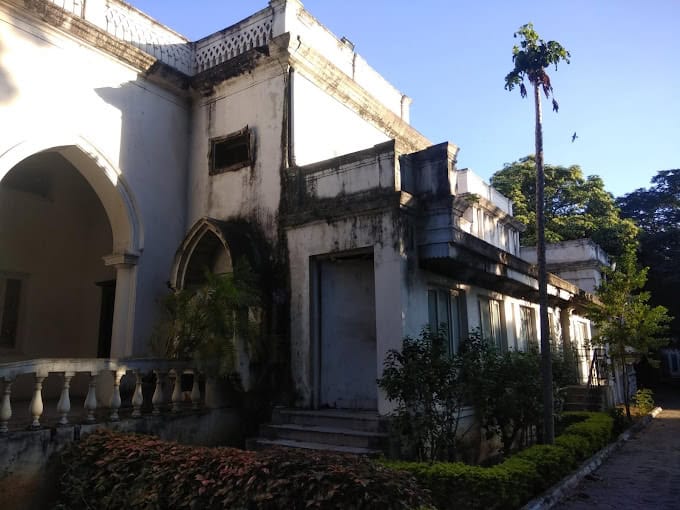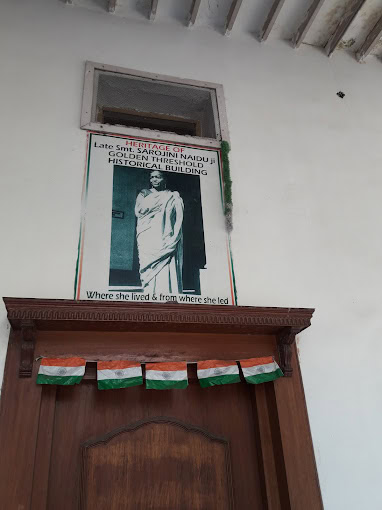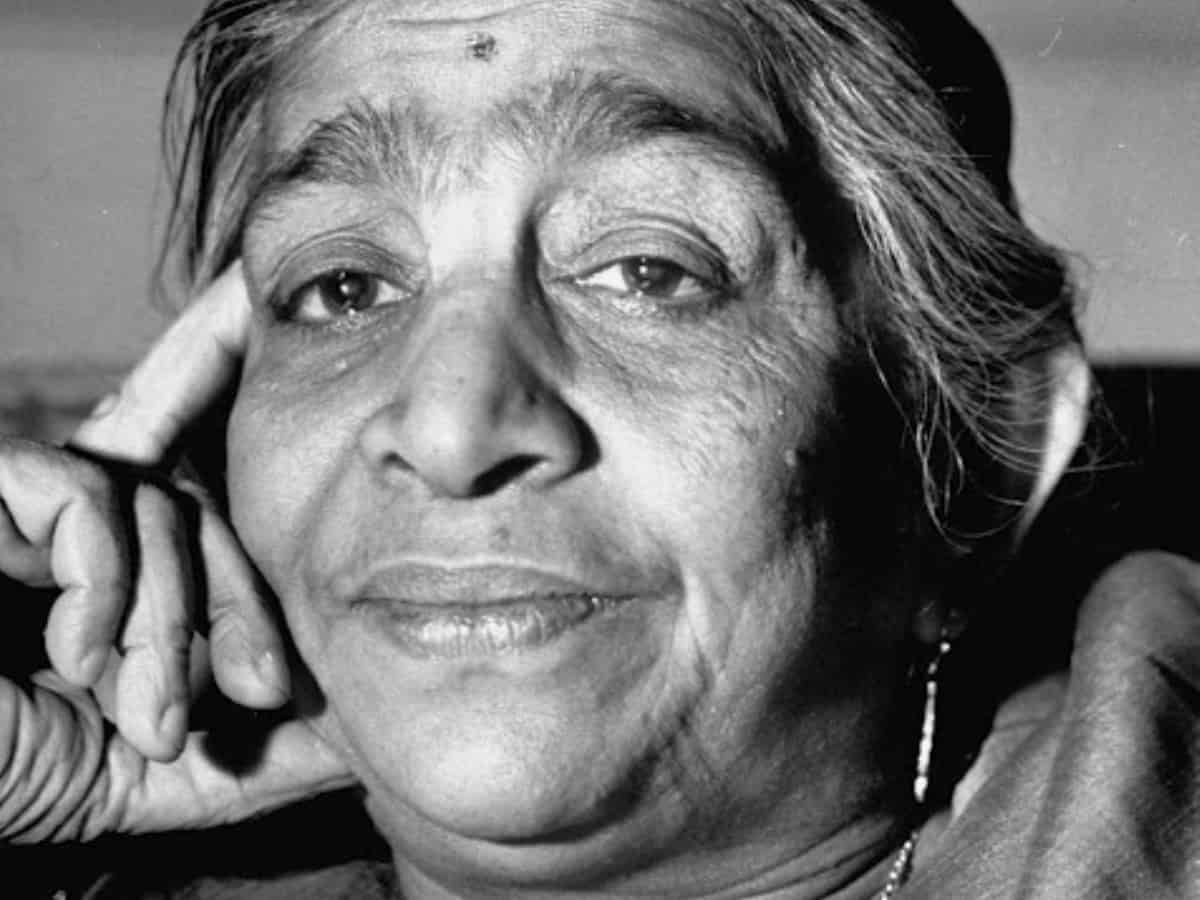As one more birth anniversary of Sarojini Naidu approaches, a question that arises in one’s mind is why doesn’t the city of Hyderabad have any building that stores a collection of her works and other memorabilia? This is the city where she grew up and spent her formative years. Here lies the environment that sparked her imagination and developed her art. Yet no edifice stands today that houses her works.
This issue when viewed from a broader perspective, raises the same question about others too. It would be a welcome development if the works and artifacts related to the giants of Telugu and Urdu literature were housed under one roof in Hyderabad. Such a building containing all this information and material in one place would enhance the cultural profile of this city.
The Golden Threshold near Abids Street where Sarojini Naidu once lived, lies neglected. The building was the residence of the Chattopadhyaya family. Sarojini’s father Aghorenath Chattopadhyaya, an educationist and reformer, was the Principal of Nizam College. His residence has been described as a center of reformist ideas in the city. Plans are afoot for the restoration of this iconic building which had housed the Hyderabad Central University.
But it would have been wonderful if a section of this complex had been dedicated to the poetess after whose poetry collection the structure was named. A section could have been cordoned off and a museum set up in her honour.
Naidu’s poem made Hyderabad famous
She was among those who made Hyderabad famous throughout the world. In the year 1912 a poem by Sarojini Naidu titled In The Bazars of Hyderabad which was published in an anthology, received wide critical acclaim and earned a favourable review in the New York Times. The reviewer called the work an oriental gem and the paper published the first stanza of the poem in its pages. The poem is written in five stanzas and the poet has used striking imagery and alliteration to draw a picture of the ambiance of Hyderabad’s bazaars.
In the poem The Bazaars are not only a place to buy or sell objects but also a meeting place of people from different professions. Sarojini brought out the beauty of traditional bazaars that have now largely disappeared due to the proliferation of modern-day malls and supermarkets. The full poem is available on the internet and those who are interested can have easy access to it.
When she was a child, she seemed to have inherited some of her father’s qualities. But she was more inclined towards the arts than science. She began writing from an early age. She has written: “One day at the age of eleven, I was sighing over an algebra problem which I was struggling to solve. The algebra solution remained elusive but after a while, an entire poem formed itself in my mind. From that day I decided that poetry would be my way forward.”
“At the age of 13, I wrote a poem called The Lady of the Lake which was 1600 lines long. It took me six days but I enjoyed writing it. At around this time, my health turned bad and it affected my studies. But I continued to read voraciously. Novels, short stories, and poems became my life.”
Highly appreciated by the Nizam
When she was a teenager Sarojini wrote a poem in Persian titled Meher Munee. Her proud father got a few copies printed and ventured to present one copy to the Nizam of Hyderabad. To his delight, the Nizam was highly appreciative of the poem. He immediately sanctioned a sum of money for her higher education in the UK. Years later she wrote a poem titled “Ode to HH The Nizam of Hyderabad.”
Her studies abroad under the guidance of experts at Cambridge University further enhanced her skills. Noted poet Sir Edmund Gosse realised her potential. According to Gosse, she was remarkably knowledgeable and her ability was far beyond that of any English girl of that age. But he instructed her to stop imitating the English poets Shelley, Keats, Byron, and Wordsworth. “Instead you must incorporate Indian elements into your poetry,” he told her.


After returning to India, her first volume of poetry titled The Golden Threshold was published in 1905. She dedicated this volume to her mentor Edmund Gosse. It was after this book that the building was named. This was followed by The Bird of Time in 1912 (The Bazars of Hyderabad was in this one). Her other works include The Sceptered Flute and The Feather of Dawn.
But in the years when she plunged into the fight for freedom, her poetry output diminished. She passed away in 1949.
Below is an example of the beauty of her poems:
Indian Weavers
Weavers, weaving at break of day,
Why do you weave a garment so gay?
Blue as the wing of a halcyon wild,
We weave the robes of a new-born child.
Weavers, weaving at fall of night,
Why do you weave a garment so bright?
Like the plumes of a peacock, purple and green,
We weave the marriage-veils of a queen.
Weavers, weaving solemn and still,
What do you weave in the moonlight chill?
White as a feather and white as a cloud,
We weave a dead man’s funeral shroud.







